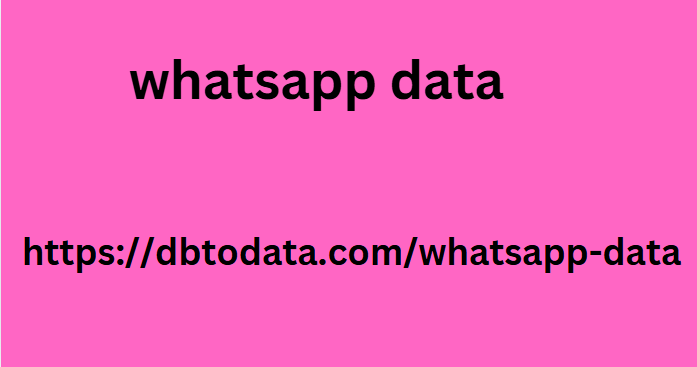The success of email marketing lies in the ability to properly target campaigns. To achieve it, you first need to find out who your customers are. Get to know them and their consumption behavior thanks to RFM analysis. We will show you how to work with this customer segmentation model in e-commerce and increase the return on your investments.
What is RFM analysis?
This is a simple tool that we use to divide customers into groups based on their purchasing behavior . Its basic building blocks are three metrics, from the initial malaysia whatsapp number data letters of which the abbreviation in the name originates:
Recency – when the customer last made a purchase (the time that has passed since the last transaction).
Frequency – how often the customer bought (the number of transactions he made in a certain period).
Monetary – how much the customer spent (total or average amount over a certain period).
RFM analysis or segmentation ranks among the most widely used data analytics methods. The model was introduced already in 1995 by Jan Roelf Bult and Tom Wansbeek, who described in their article how effective it can be for optimizing direct marketing campaigns.
With RFM, you will be able to set up effective marketing communications, improve the targeting of your campaigns, reduce costs and, as proven by numerous case studies, also increase revenue. Thanks to this , the French company L’Occitane managed to increase the profits from e-mailing by up to 2,500% .
Thanks to RFM segmentation, get to know the customers who earn you the most
RFM analysis is based on the Pareto principle, which states that 20% of your customers bring up to 80% of your revenue. It is these 20% of the best clients that you can taiwanese, as well as bilingual text reveal through RFM segmentation, as well as the fifth of the least important from the point of view of profit. Thanks to the division of buyers into groups, it will be easier for you to determine which of them is worth investing shopping data in and how to approach them. But RFM segmentation will. Aalso answer other questions, for example:
Who has the potential to spend the most?
You can get by with just three variables
The analysis owes its popularity mainly to its simplicity. As you only need three variables to perform it – the customer identifier, the purchase value and the purchase date. In principle, you should be able to create it yourself in common spreadsheet tools. However, you can also choose. The path of automation through CRM systems.

